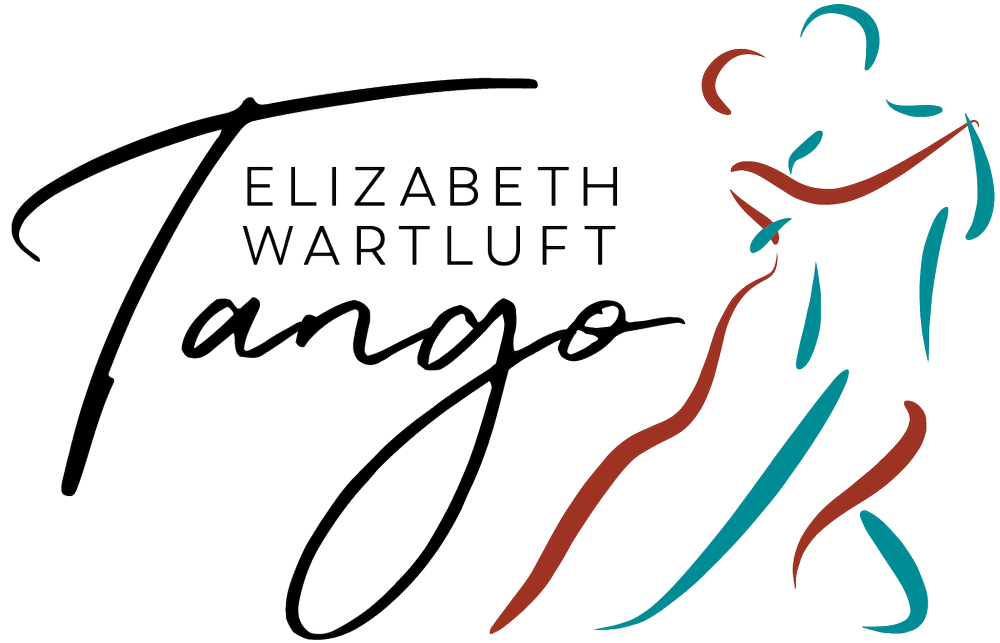You know I love to learn. I ADORE learning new things, and I always bring my newly acquired information to my students. When it comes to understanding the fascia in your body, this is pertinent to everyone.
What is fascia?
The fascia in your body is the connective tissue that holds everything together. Your muscles are attached to your bones and to other muscles in chains of movement. You have very heavy fascia, like the sole of your foot (plantar fasciitis sound familiar?) and the connections across the back of your pelvis, holding the bones together. You have thinner-than-paper connective tissue in other parts of your body.
How does it affect me for movement?
Your flexibility or lack of flexibility can be due to how your fascia works. For some people with very tight fascia, it’s hard to do “normal” stretching. For people who are hyperflexible like me, my fascia have extra stretch that can make it easy to turn my ankles and sprain my wrists. There are extremes both ways, but most of us fit in the middle where our fascia mostly do what we need: hold us together.
Chains of fascia instead of muscles
I have always thought of the body as discrete muscles, attached to my bones, moving my joint. However, there is an argument for thinking of chains of muscles and how they work in teams. You can dissect long connected groups of muscles with the connective tissue that shows how lines of movement throughout the entire body can work in a way that makes more sense than just looking at one muscle at a time.
I have begun to look at alignment as these chains of movement throughout the body. If the spiral line of fascia is unbalanced, you might roll out at the ankle or roll in at the arch of your foot, unbalancing the entire line up through your hip to your skull! However, if you look at these long lines in the body and subtly adjust somewhere along that line, you can often realign the entire body to work better.
Tango and fascia
One property of fascia is elasticity: it snaps back into place like a rubber band when stretched quickly. Think of a fabulous boleo: the entire leg is free and relaxed, and the timing of the leader can create a real THWACK! as the leg runs into the other thigh and then returns to its original alignment. What about a good traspie, with the entire arch of the foot, up through the leg to the core, rebounding with a stretchy feeling? That’s lines of fascia holding everything together!
As I teach using the ideas I am learning about fascia, I find more people can move easily using the knowledge. It removes the need to pay attention to each muscle or body part at the same time as four or five others, and instead allows you to monitor one band of fascia, feeling the stretchiness and connection throughout the body. The mindfulness pays off on an entirely new dimension of ability for many people.
If you want to explore fascia for yourself, I can recommend the Anatomy Trains book by Tom Myers. Its pricey, BUT you can access a few hours of videos with the book that you could watch and get the most pertinent information without reading every single word. I have been taking online workshops through Tom Myers, and my head is stuffed with useful information. I can feel it all the way to my toes :-)
